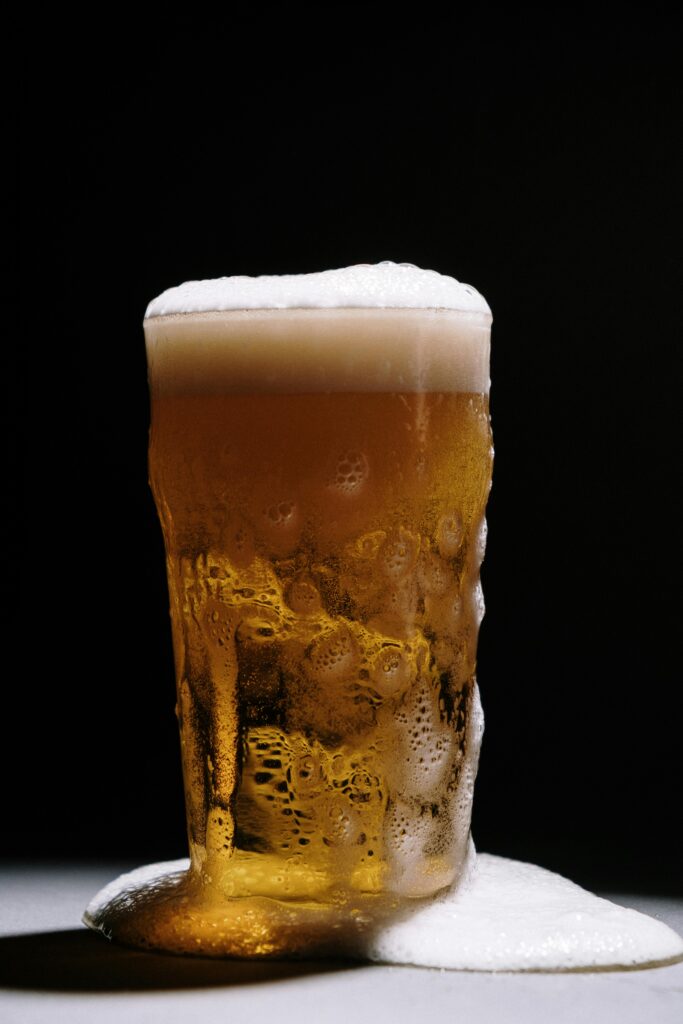
Beer is possibly one of the oldest and most widely consumed alcoholic beverages in the world. Its history is thousands of years old, and it has traveled a long way to be a variety and complex drink with so many flavor, color, and aroma varieties. The two large beer categories are ales and lagers, but in these there are some varieties that are suitable for every taste. Following is an introduction to the most widely consumed varieties of beers:
Lagers are the most popular style of beer in the world. They are low-temperature fermented using bottom-fermenting yeast, resulting in a clean, crisp taste. Some styles of lagers:
Pale Lager: Light body and color, with a gentle hop bitterness. Examples include Budweiser and Heineken.
Dark Lager: Fuller-bodied with caramel or roasted malt taste, like Dunkel or Schwarzbier.
Pilsner is a light-colored lager that originated in the Czech Republic. It is characterized as having a light golden color, high carbonation, and crisp hop bitterness. The most authentic Czech and German pilsners are dominated by brands like Pilsner Urquell.
Ales are fermented using top-fermenting yeast at warmer temperatures, which gives them a fruitier and fuller taste. There are many varieties of ales, each with a different taste experience:
Pale Ale: Balance flavor with hoppy flavor and medium texture. British pale ales and American pale ales are popular, though the latter is a little hoppier in flavor.
India Pale Ale (IPA): A more hoppy, more potent pale ale. One of the styles most enjoyed by craft consumers for its bitter, potent, and often citrusy flavor.
Brown Ale: Dark or dark amber in color with malty, nutty flavor. Well-loved in England and the United States.
Porter: A dark-colored ale with bold chocolate, coffee, and roasted malt flavors.
Stout: Darker and stronger than porters, stouts like Guinness are famous for their creamy head. and robust roasted taste.
Wheat beers are brewed using a high percentage of wheat in addition to barley. Wheat beers are cloudy, light-bodied, and refreshing. Some typical styles are:
Hefeweizen: German wheat beer with fruity and spicy banana and clove tastes.
Witbier: Belgian wheat beer, coriander- and orange-peel-brewed, light, zesty flavor.
Sour beers are actually brewed to be sour and acidic. They are often aged with wild yeasts and bacteria, which give them a funky, complex taste. At the top of the popularity list are:
Gose: a little salty and sour, sometimes coriander-brewed.
Berliner Weisse: low-alcohol German wheat beer with a stinging sourness.
Lambic: Spontaneously fermented Belgian ales using wild yeasts, and sometimes blended with cherries (Kriek) or raspberries (Framboise).
As you slide that chilled beer down your throat, the type of glass it’s in can make all the difference in the drinking experience. From the carbonation and aroma to the head retention and temperature, the shape and size of the glass can optimize the impact of many beer styles. Here’s a breakdown of the most common types of beer glasses and the beers they best suit:
The pint glass is one of the most common beer glasses, especially in pubs and bars.
American Shaker Pint: It features a simple, straight-sided form and 16-ounce capacity that is simple to stack and clean. While practical, it does little for aroma or flavor. Suitable for: lagers, pale ales, IPAs.

British Pint (Nonic Pint): Slightly bulged towards the top to provide better grip and reduce chipping. Capacity 20 ounces. Primarily used for: bitters, porters, stouts.
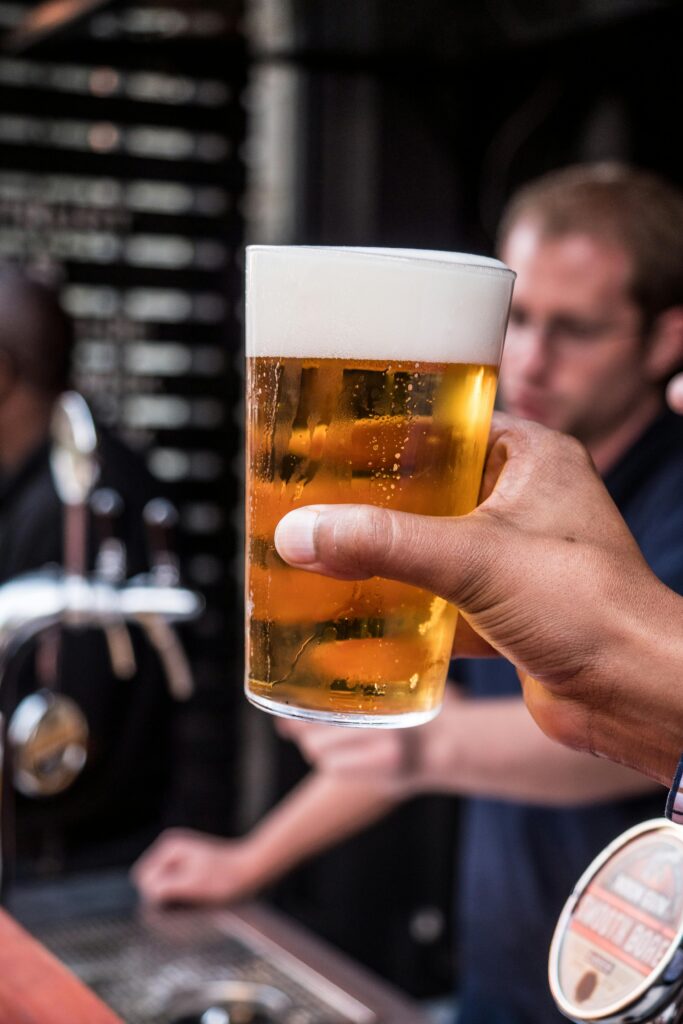
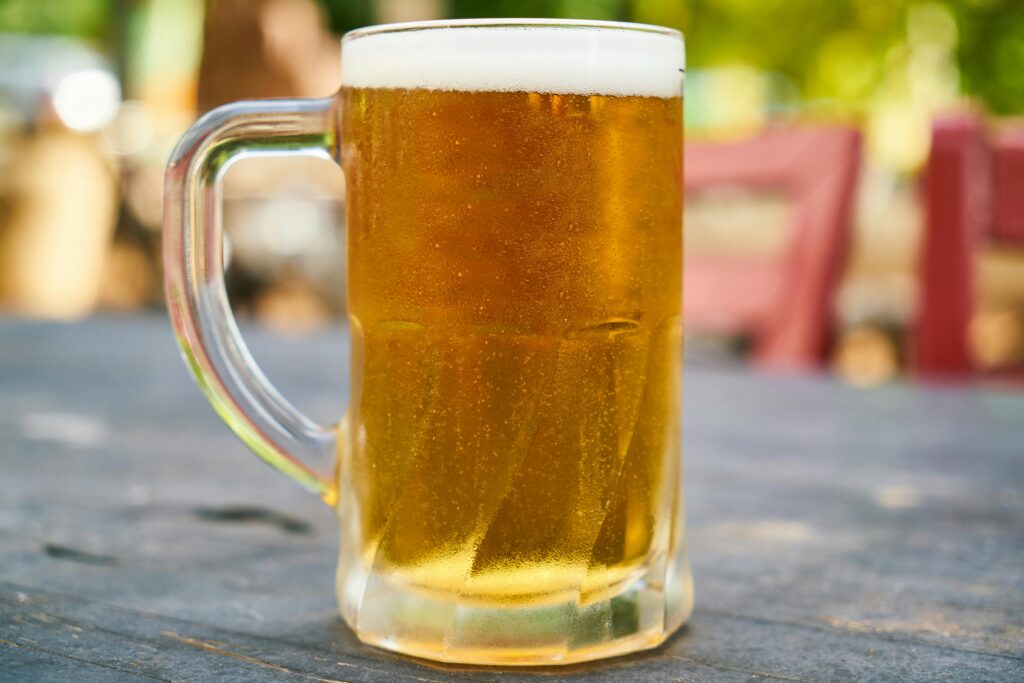
Mugs are heavy, thick glasses with a handle that have been designed to keep beer cold while preventing transfer of body heat.
Come in various capacities and are used in German beer drinking style.
Best suited for: lagers, bocks, and Oktoberfest beers.
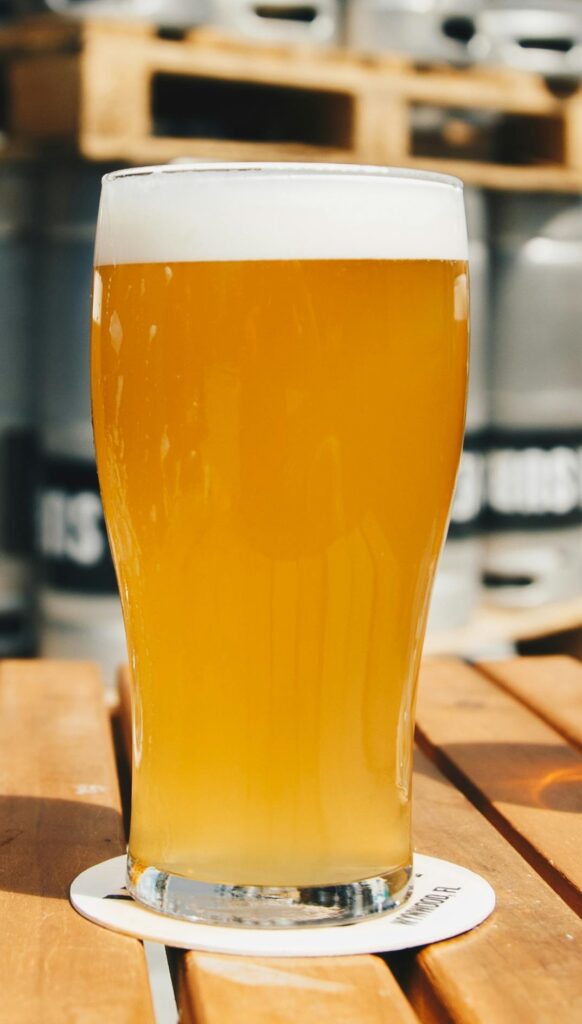
Tall and curvy, this glass is specifically designed for wheat beers. It contains a large volume and extra room for the foamy head.
Narrow bottom and wide top trap yeast and intensify aroma.
Ideal for: Hefeweizen, Witbier, and other wheat beers.
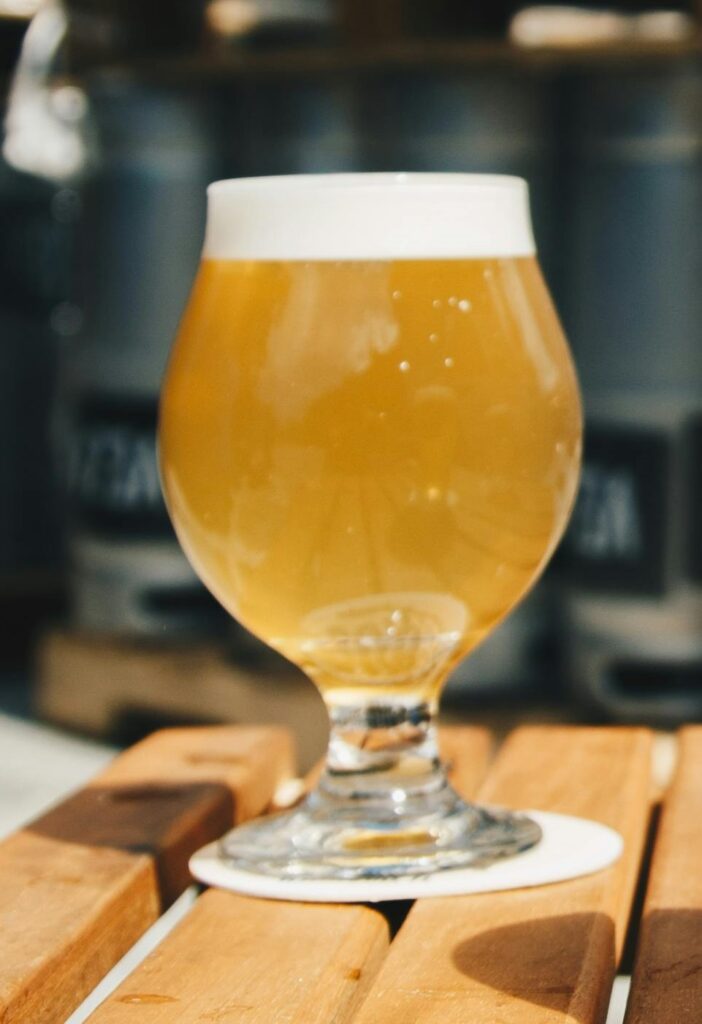
Tulip glasses are bulbous and have a wide rim. This type traps and focuses aroma and supports a rich head of foam.
The stem helps to keep the beer cold.
Ideal for: Belgian ales, IPAs, saisons, and strong ales.
Typically saved for brandy or cognac, this glass also performs well with complex, intense beers.
The big bowl and thin rim trap aromas, perfect for savoring high ABV beers slowly.
Ideal for: barleywines, imperial stouts, Belgian quads.
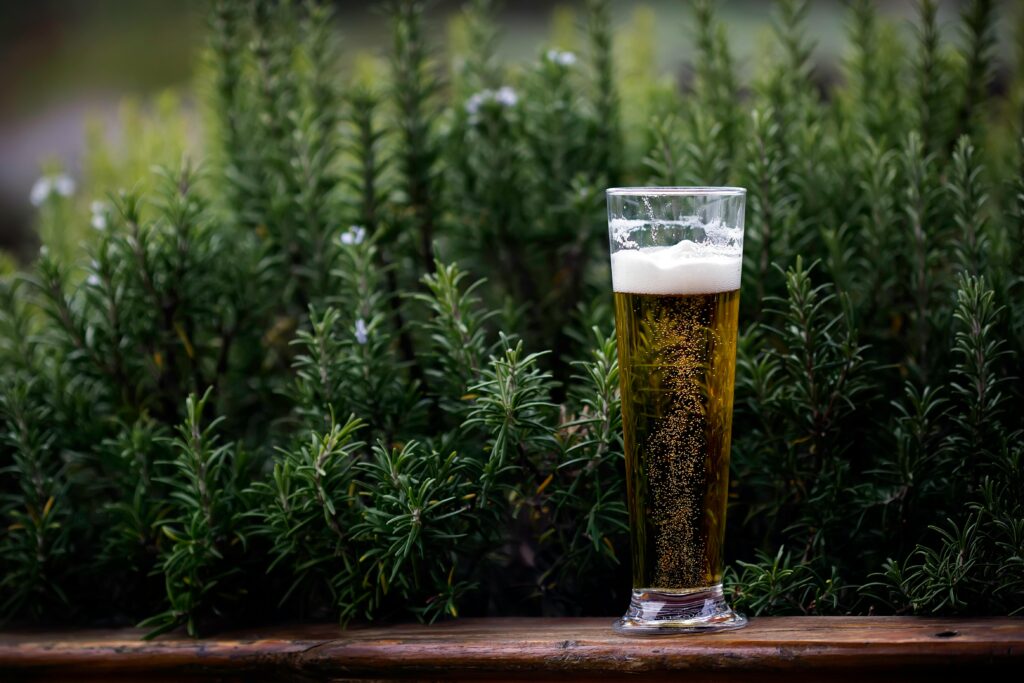
Thin, tall, and slightly flared, this glass highlights pilsners’ and other pale lagers’ clarity and carbonation.
It holds carbonation and shows color.
Best for: pilsners, light lagers, and Kölsch.
Chalices and goblets are big, bowls-shaped glasses usually for full-bodied Belgian beers.
They have thick sides and a wide mouth that accentuates aroma and holds head.
Best for: Belgian dubbels, tripels, and strong ales.
A stange is a tall, thin cylindrical glass usually for serving dainty beers.
It holds carbonation and intensifies the flavor.
Best suited for: Kölsch, Altbier, and other German light ales.

At Fnb education, we are passionate about delivering exceptional F&B experiences. Our commitment to learn about quality ingredients and outstanding service ensures every meal is memorable.